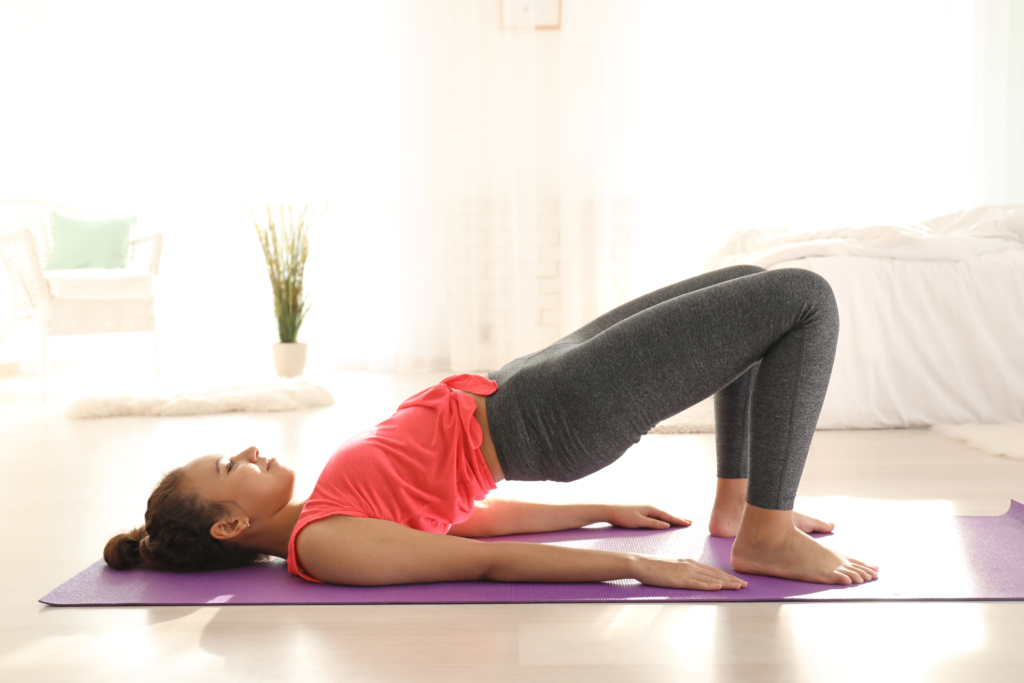Do you experience:
⦁ Pain in the rear or leg that is worse when sitting?
⦁ Burning or tingling down the leg?
⦁ Weakness, numbness, or difficulty moving the leg or foot?
⦁ A constant pain on one side of the rear?
⦁ A shooting pain that makes it difficult to stand up?
If so, you may be suffering from sciatica.
Sciatica is a condition in which pain in the lower back results from irritation of the sciatic nerve.
The pain of sciatica is typically felt from the low back (lumbar area) to behind the thigh and can radiate down below the knee.
What is the sciatic nerve?
The sciatic nerve is the largest nerve in the body and begins from nerve roots in the lumbar spinal cord in the low back and extends through the buttock area to send nerve endings down the leg. Sciatica usually affects only one side of the lower body. Depending on where the sciatic nerve is affected, the pain may also extend to the foot or toes.
What does sciatica feel like?
Sciatica can feel different for everyone. It may feel like a mild ache, but it’s also sometimes experienced as a jolt. For some, the pain from sciatica can be severe and debilitating. For others, the sciatica pain might be infrequent and irritating, but has the potential to get worse. It is advised to seek immediate medical attention if you have progressive lower extremity weakness, numbness in the upper thighs, and/or loss of bladder or bowel control.
Good news! Yoga may help. Try these 3 yoga poses for sciatica.
Yoga Poses For Sciatica
Laying Spinal Twist
- Lie on your back with your knees bend. Tighten your stomach.
- Gently rock your legs from side to side.
- Exhale allowing your legs to fall to the right. Inhale using your core to raise them to the center. Exhale allowing them to fall to the left. Inhale using your core to raise them back to center. Repeat this several times.
- Exhale allowing the legs to fall to the left making sure that the legs are stacked on top of each other. Turn your head, neck and navel to the left. Try to keep both shoulders on the ground.
- Your arms should be out to the side away from the body with the palms upward.
- Hold for 5 counts.
- Repeat the other side.
Bridge (WARNING: Do not perform bridge pose if you have a neck or shoulder injury.)
- Lie on your back with your knees bent and feet on the floor. Extend your arms along the floor, palms flat.
- Press your feet and arms firmly into the floor. Exhale as you lift your hips toward the ceiling.
- Draw your tailbone toward your pubic bone, holding your buttocks off the floor. Do not squeeze your glutes or flex your buttocks.
- Roll your shoulders back and underneath your body. Clasp your hands and extend your arms along the floor beneath your pelvis. Straighten your arms as much as possible, pressing your forearms into the mat. Reach your knuckles toward your heels.
- Keep your thighs and feet parallel — do not roll to the outer edges of your feet or let your knees drop together. Press your weight evenly across all four corners of both feet. Lengthen your tailbone toward the backs of your knees.
- Hold for up to one minute. To release, unclasp your hands and place them palms-down alongside your body. Exhale as you slowly roll your spine along the floor, vertebra by vertebra. Allow your knees to drop together.
Elevated Legs
- Perform this pose near a wall. Lie on your back.
- Raise the legs up and lie them flat against the wall.
- Lay the arms along the sides of the body.
- Relax and breathe deeply for 5-20 minutes.
